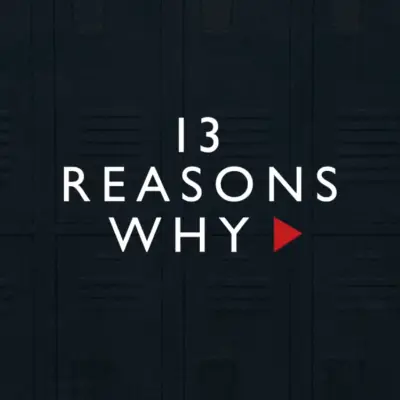Why Netflix removing 13 Reasons Why's graphic suicide scene won't fix Season 1
-

"While the scene has been singled out by critics as an egregious example of how 13 Reasons Why ignores guidelines for depicting suicide responsibly, it has also become something of a scapegoat for the show’s broader, more foundational problems," says Marissa Martinelli. "The very premise—a high school student killing herself and leaving behind cassette tapes singling out the people she considers responsible for her death—portrays suicide as the ultimate (and effective!) act of revenge. The show potentially discourages young people experiencing suicidal thoughts from turning to trusted adults by portraying seeking help as pointless: Hannah’s teacher and school counselor both ignore her when she reaches out despite a legal, to say nothing of moral, obligation to intervene. And the miserable first season skirts the topic of mental health, saying little of substance about what drives one bullied person to kill herself but not another, or what Hannah or the people who cared about her could have done to prevent it. It seems we’re supposed to just accept the hero’s claim that Hannah would still be alive if only he’d loved her enough, a suggestion that is cruelly unfair to real-life survivors of suicide loss. None of that can be fixed by removing a couple of minutes of footage." ALSO: Mom of a teen daughter who killed herself in a similar way to 13 Reasons Why's Hannah calls Netflix's move "too little, too late."
TOPICS: 13 Reasons Why
More 13 Reasons Why on Primetimer:
